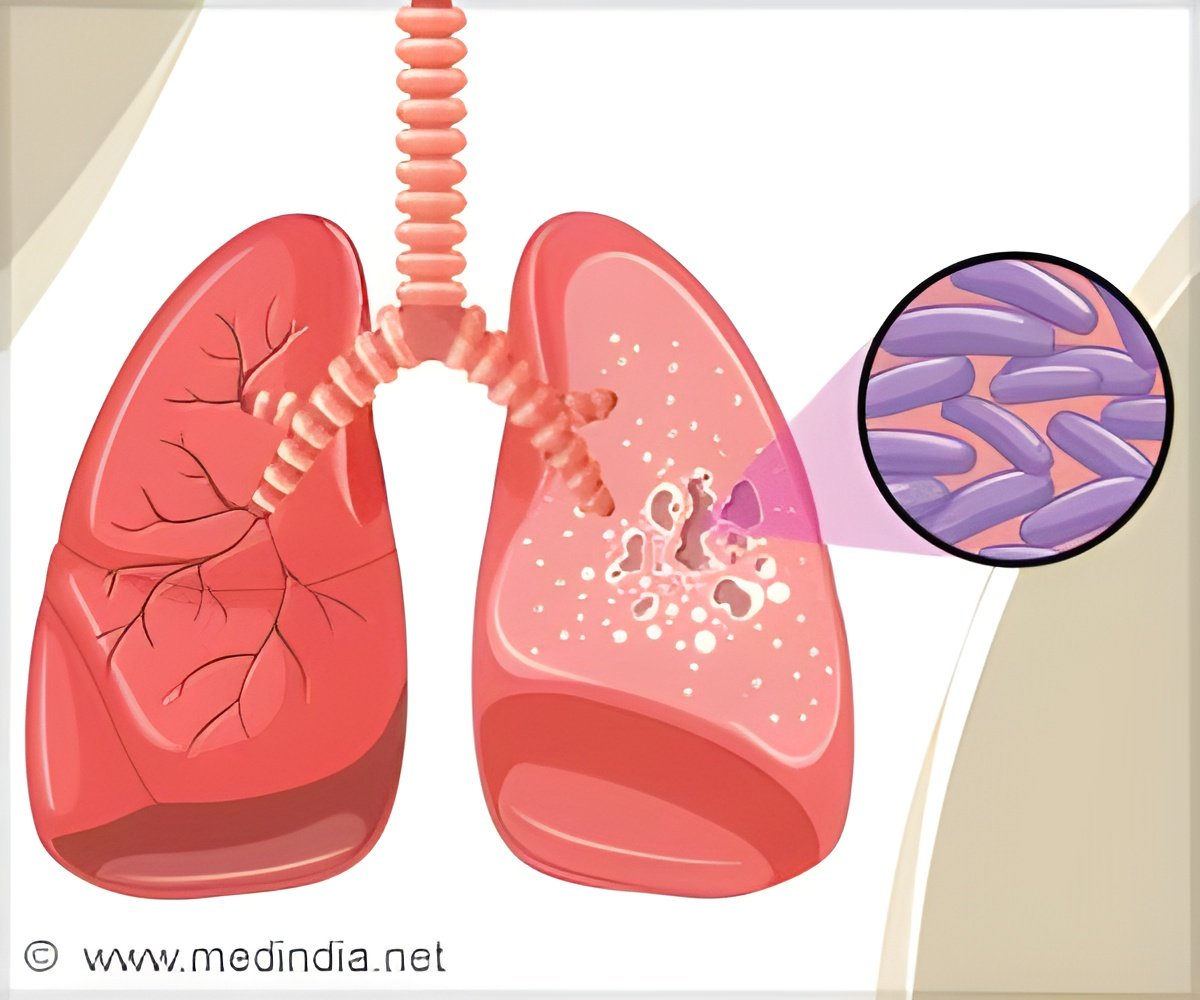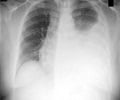In India, the prevalence of microbiologically confirmed pulmonary tuberculosis (TB) in the 15 and above population was 316 per lakh from 2019 to 2021.

‘The National TB Prevalence Survey results released on Thursday on the occasion of World Tuberculosis Day have revealed that the burden of TB in India is much higher than previously estimated.’





The survey was conducted from 2019 to 2021 to know the actual disease burden of TB at the national level. The survey estimated the prevalence of microbiologically confirmed pulmonary TB among persons aged 15 years and above in India at the national level, and for 20 individual states. The survey was conducted after a gap of 60 years. The last survey at the national level was conducted in 1955-58.
"Prevalence of microbiologically confirmed pulmonary tuberculosis in 15+ population in India is 316 per 100,000 population, while the prevalence of all forms of tuberculosis among all age groups in India is 312 per 100,000 population," revealed the survey.
The highest prevalence for all forms of TB was 747 per lakh (510-984) in Delhi, and the lowest was 137 (76-198) in Gujarat.
According to the survey, the prevalence to notification ratio of adult pulmonary tuberculosis in India is 2.84, while prevalence of TB infection among population aged 15 and above is 31.7 per cent.
Advertisement
The survey revealed that the majority (64 per cent) of symptomatic population did not seek healthcare services. The reasons were ignoring the symptoms (68 per cent), not recognising the symptoms as TB (18 per cent), self-treatment (12 per cent) and couldn't afford to seek care (2 per cent).
Advertisement
The survey showed that among the diagnosed TB cases, 12 pe cent were already on treatment, while 23.3 per cent had a history of TB treatment. Hence, the close follow-up of patients completing treatment for early detection of recurrent TB and planning of intervention for preventing recurrence of TB is needed, the survey suggested.
"We should prioritise the interventions in high-prevalence states with focus on screening of elderly, malnourished and diabetic, and implement strategies to reduce the prevalence to notification gap," the survey said.
Source-IANS















